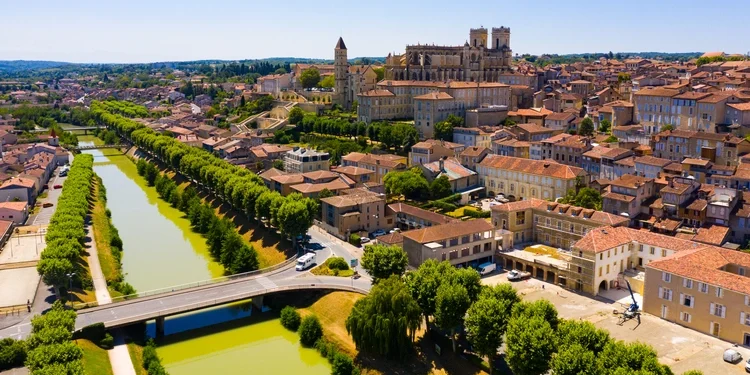A place where you can truly get away from it all… These days, it sounds like a tall order. But the world is full of out-of-the-way havens and hamlets at once tranquil and bursting with opportunity… One such place I recently discovered is Gascony.
Nestled in the sedate southwestern corner of France, between Bordeaux and the Pyrenees, this peaceful region is one of the least-known destinations in the country.
Gascony is the epitome of La France Pofonde, “deep France.” The completely rural, agricultural lifestyles on offer here are unmoved by trends of any kind—global or national—and resist the influence of the greater world.
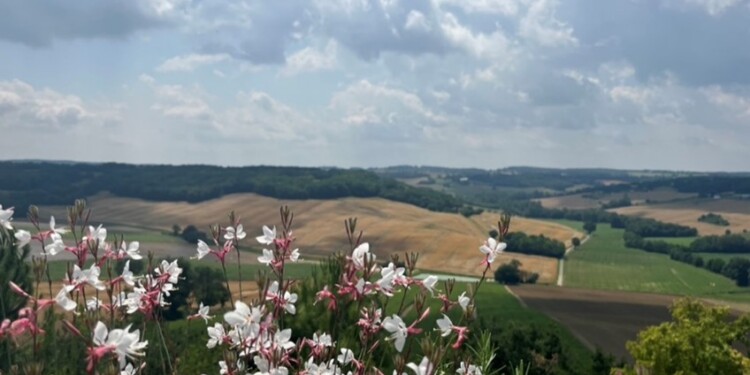
Parisians, for example, aren’t well loved here… Anglo tourists are often better received than “northerners,” that is, French tourists from the Paris area, who are, at best, scorned.
And if you’re looking for a place that marches to the beat of its own drum, that scorn works in your favor. Historically, this region is a-political. They never much liked the monarchy… and they didn’t much take to the government that replaced it. They’ve always considered themselves a world apart—and you feel that in the secluded-feeling day-to-day life here.
The picturesque villages, many of which have earned the title of Le Plus Belles Villes de France (the prettiest towns of France), resemble those of fairy tales…
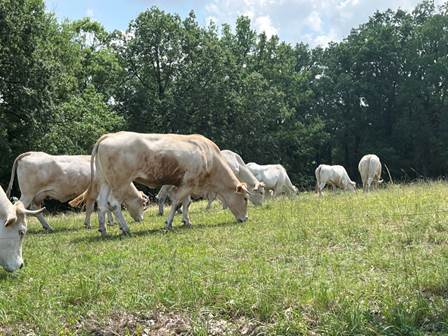
This is a pastoral place, where the traffic on the roads are tractors and livestock… Where farmers run things and the weather or the harvest is the main topic on anyone’s lips…
Where folks are up well before the sun and drinking red wine by 11 a.m.… Where the food is hearty and fresh from the pasture… Where the village markets are the main social affair of the week and people are in bed by 9 p.m.
This is a place to get back to a lifestyle that was once how everyone in the world lived, and was content with their lot.
Conversely, though, that’s not to say this is a total backwater…
Marciac, one of the bigger towns, is an international jazz mecca. Its Jazz Festival, held annually in June, brings some of the biggest names in the world to this little corner of France—and completely changes the atmosphere of the place while it’s on.
Jeff Beck and Johnny Depp performed last year, Norah Jones and Ben Harper this past summer, and in the past has hosted Kool and the Gang, Sting, Santana, Joan Baez, and countless others in its 45-year history.
Of the dozen or so villages I visited here, Fourcès was another personal favorite. Most towns here were designed on a square grid system… but Fources’ main plaza is round, and the town’s layout likewise circular. Its open-air market is one of the most beloved, and the spring Marché aux Fleurs (flower market), currently in its 50th year, is regionally famous.
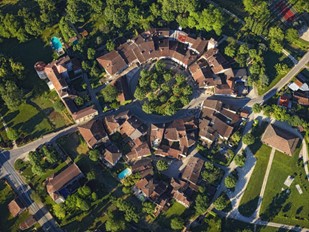
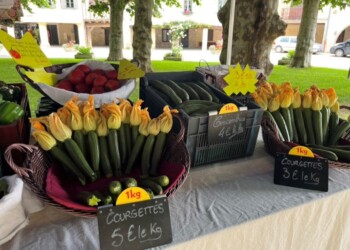
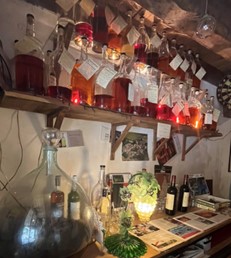
This is also a place known for its fighting spirit and strength of character. Gascogne men are “men’s men.” In fact, you probably known one of its most famous fighting sons: d’Artagnan, who, along with his Gascon brothers, Porthos, Athos, and Aramis fought with the famous Mousquetaires. They were later immortalized by Alexandre Dumas in “The Three Musketeers.”
In the century-and-a-half since, the story has been retold and reimagined in dozens of inventive ways, not just in plays, movies, and TV, but from the Disney Mousketeers to the candy bar, putting this region on the global map, whether folks were aware of it or not.
Lupiac, the birth town of d’Artagnan, is the proud keeper of his legacy, with a dedicated museum and annual festival—you can even see his signature on his wedding contract in the little museum that proudly tells his story.
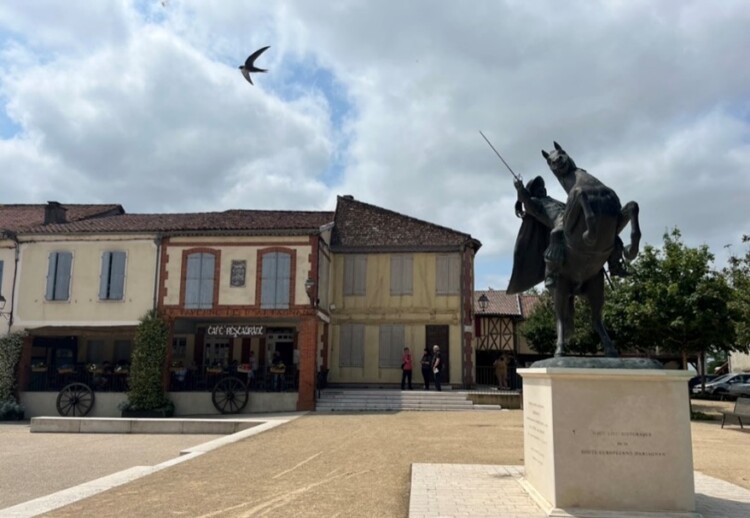
Thanks to its claim to fame, Lupiac is one of the towns here with a higher concentration of foreign visitors and residents.
While lunching in the La Taverne De d’Artagnan on the town square, which serves dishes inspired by the 17th-century recipes that he’d have enjoyed, I heard Brits, Dutch, and German diners at the tables around us.
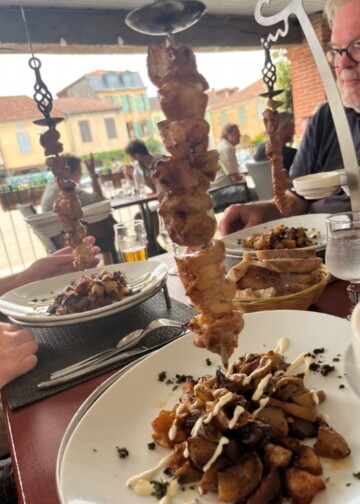
A few of the other towns that caught my attention include La Romieu, said to have been saved from the plague by a young girl’s cat, and which still reveres felines today. Small cat statues are hidden throughout the architecture of the town, making for a fun “I spy” game as you walk through.
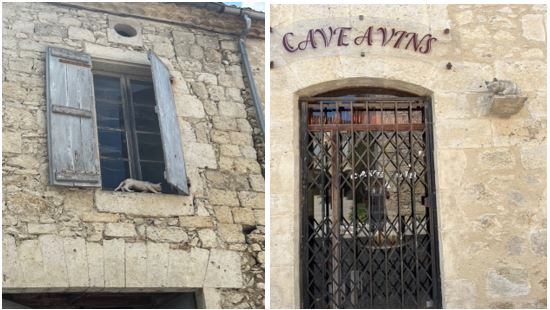
Lectoure is one of the larger towns and is a little hotbed of local activity, with small museums, galleries, shopping, and bars that draw folks from across the region on weekends. It was named a Ville d’Art et d’Histoire (town of art and history) in 1985.
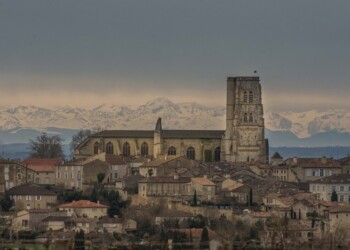
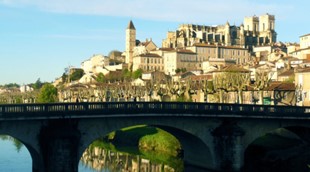
Toulouse, the capital of the region, is a true city in every sense. The so-called “Ville Rose” (Pink City), is home to nearly half-a-million people, as well as universities, schools of business and economics, a school of fine arts, meaning an expanded population of students for much of the year. If you’re looking for a rural way of life, Toulouse isn’t the place to come, but it’s nice to have it nearby when you want a taste of a (manageable) metropolis.
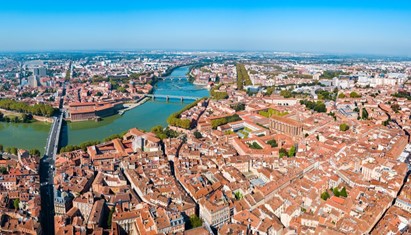
One of the most interesting aspects of culture in Gascony, France, is that it’s been a main stop on the Camino de Santiago, the pilgrimage route of Santiago de Compostela, for over 1,000 years.
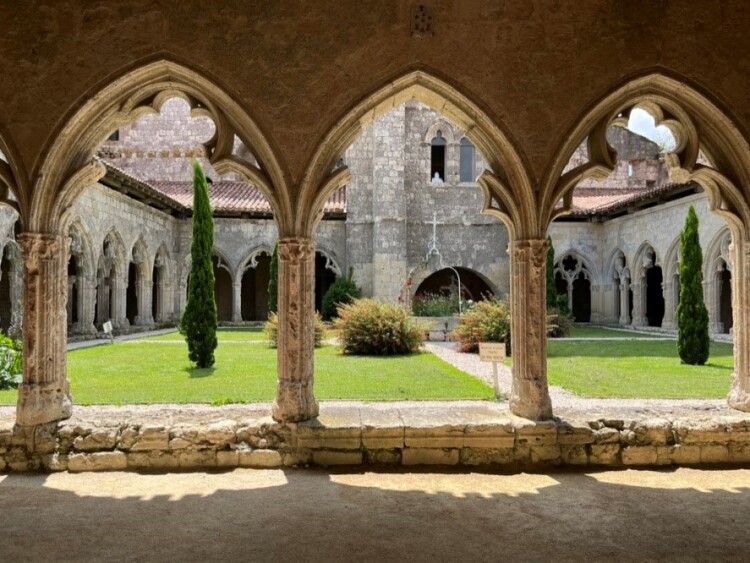
Each year, thousands of pilgrims—historically religious, yes, but increasingly secular hikers—pass through this region, coming from all over the world and influencing locals with their disparate cultures. You’ll see the famous scallop shell symbol throughout the region, marking pilgrim paths and guesthouses that welcome them.
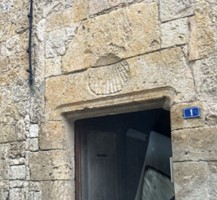
When it comes to making a home here, you’ll need to make a few adjustments to adapt to the local culture…
First, you’ll need to make a serious effort at learning French, as few people here speak English.
You’ll also need to get used to “country hours.”
For example, you can only eat meals during certain hours of the day. Lunch won’t be served past 2 p.m., and dinner won’t be had before 7 p.m. or after 9 p.m. And that’s on the days things open… with such a low population density, most restaurants only open on weekends… maybe only for dinner… and perhaps not at all on Sundays or Mondays.
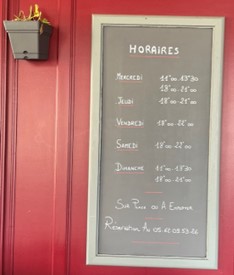
Sundays here are for repose—you won’t be able to count on getting much done when it comes to shopping, business, or anything outside the house.
“Siesta hours” are strictly held here, which means many businesses will only open for the morning and again after 4 or 5 p.m. And, like everywhere else in France, everyone closes up shop for the entire month of August.
And you’ll have to learn to be flexible. Posted hours may only be suggestions… and signs in person on duty likely went out for a coffee or a smoke… business hours be damned.
One shop I visited had no one on duty at all, but the doors left wide open. After about 10 minutes, the owner came in telling me the shopkeep across the street had come to find her to tell her she had a customer.
Life is easygoing here, and security and safety are taken for granted. It’s a neighborly place…
For more about the business culture in Gascony, take a look at my last article on this area, “France is Open for Business” here.
Bonne route,
Kat Kalashian
Editor, In Focus: Europe







